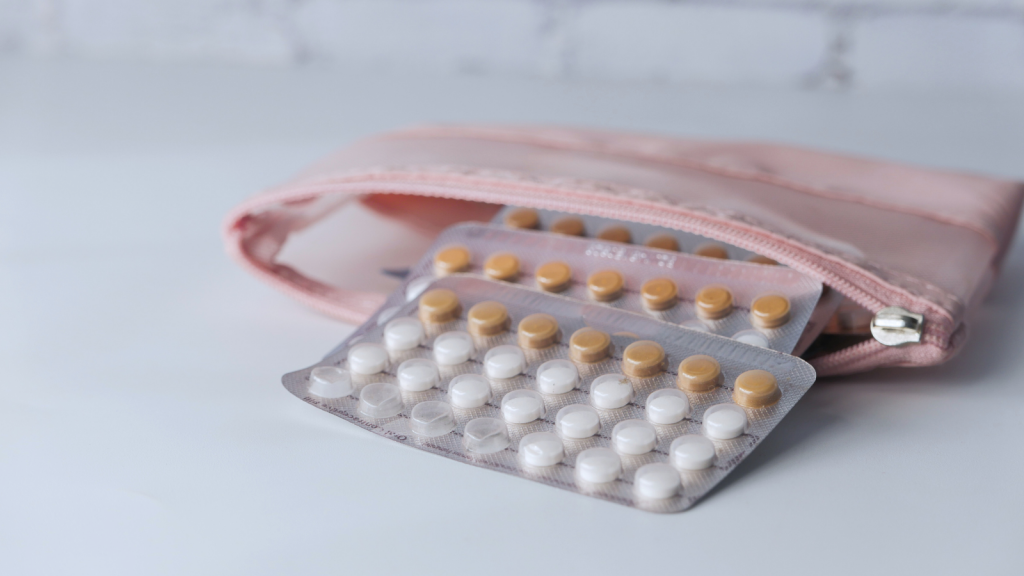Birth Control Prescriptions Are Down in States with Abortion Bans

Women who face an unintended pregnancy in states with restrictive abortion laws have very few options today. And yet, a new study published in JAMA Open Access found the number of women in these states who are filling prescriptions for birth control methods has fallen since the Dobbs decision.
Researchers analyzed birth control prescriptions for a period of pre-Dobbs months (March to November 2021) and compared them to a post-Dobbs period (July 2022 to October 2023). In addition to comparing national rates over time, they compared rates in the 12 states that had enacted the most restrictive anti-abortion policies to those in 14 states where abortion policy did not change. They found that the prescription-fill rate fell 4% more in states with restrictive abortion laws than in other states.
Prescriptions for emergency contraception (EC)—which can prevent pregnancy when taken after sex—fell at an even more alarming rate. Before Dobbs the two groups of states had similar prescription fill rates for EC. Right after Dobbs, the prescription fill rate surged in all states. This is likely because people became more afraid of experiencing an unintended pregnancy. The overall rates have leveled off, but one year after Dobbs states with restrictions saw a 65% reduction in EC prescription fills.
The researchers point to two possible explanations for these declines. The first is a lack of reproductive health providers. Abortion and birth control were often offered at the same clinic. Many of these clinics were forced to close once they could no longer legally provide abortion. In addition, some states are losing OB/GYNs who feel they can no longer provide the best possible care to their patients. One in five OB/GYNs in Idaho have left since Dobbs, for example, because the abortion law says doctors can be charged with a crime for terminating a pregnancy even in an emergency situation. It’s clear that women in restrictive states have lost their access to contraception just when they needed it the most.
The second explanation is that people are confused about which medications are which and whether they are legal. A lot of people continue to mix up EC with mifepristone. Mifepristone is one of two drugs taken in a medication abortion. It is used to end a pregnancy. EC is different. EC is taken after unprotected sex but works like other birth control pills. It thickens cervical mucus to help block the sperm from getting into the uterus. It also prevents ovulation for anyone who hasn’t ovulated yet this cycle. It does not prevent implantation, and it cannot end a pregnancy that has already begun.
Unfortunately, there are some anti-abortion activists and lawmakers who deliberately mix up the two. This has made some potential users confused. A survey conducted last summer in Missouri found that 53% of respondents did not believe/know that emergency contraception was legal in the state, 40% did not believe/know that IUDs were legal, and 25% didn’t believe/know that birth control pills was legal in the state.
Such confusion could certainly be behind the drastic drop in EC prescriptions. But it is important to note that the JAMA Open Access study may not have captured all EC users. While you can get a prescription for any type of EC, some are available over the counter. Purchases of EC that didn’t involve a prescription would not have been counted in this study. It is possible that the restrictive laws and closing of clinics has meant that more or even most people are now buying EC without a prescription.
We need to keep reminding people that EC is available and legal in all 50 states (with and without a prescription). We also have to help women around the country who have lost access to providers find other ways to get prescription birth control methods. Though not ideal for everyone, mail order options can fill in some of the gaps. And we now have OPill, a monthly birth control pill which you can get in a pharmacy without a prescription.